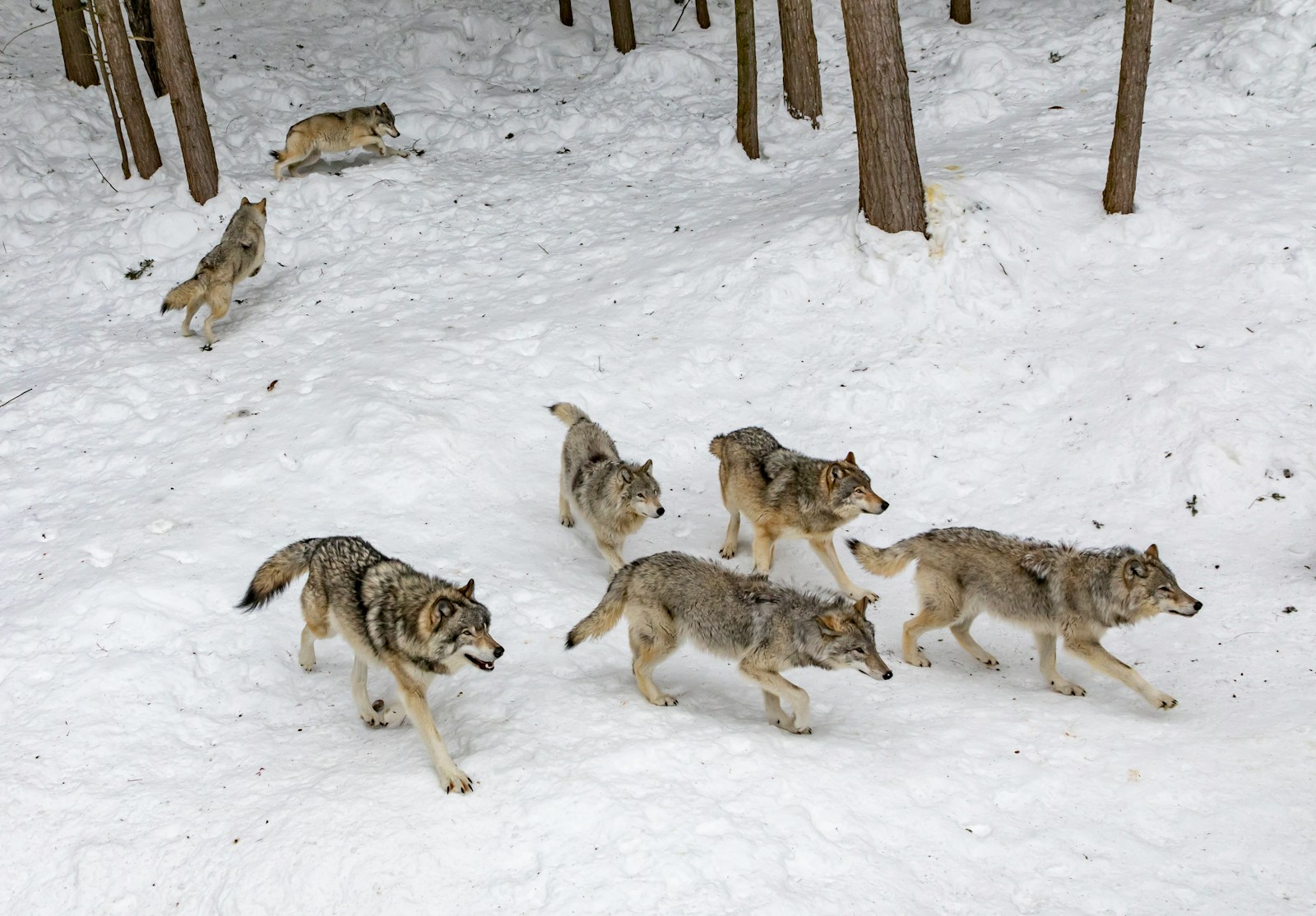In the intricate web of ecosystem dynamics, certain species wield influence far beyond their numbers. Among these ecological architects, the wolf stands as perhaps nature’s most compelling example of a keystone predator—a species whose impact reverberates throughout entire landscapes, shaping habitats and determining the abundance and behavior of countless other organisms. From the dense forests of Europe to the vast expanses of North America, wolves have historically played a pivotal role in maintaining biodiversity and ecological balance. Their hunting behaviors, social structures, and mere presence trigger cascading effects that benefit ecosystems in surprising and far-reaching ways. This profound ecological influence wasn’t fully understood until wolves disappeared from many regions, allowing scientists to witness the dramatic consequences of their absence—and later, the remarkable transformations that followed their return.
The Concept of Keystone Species
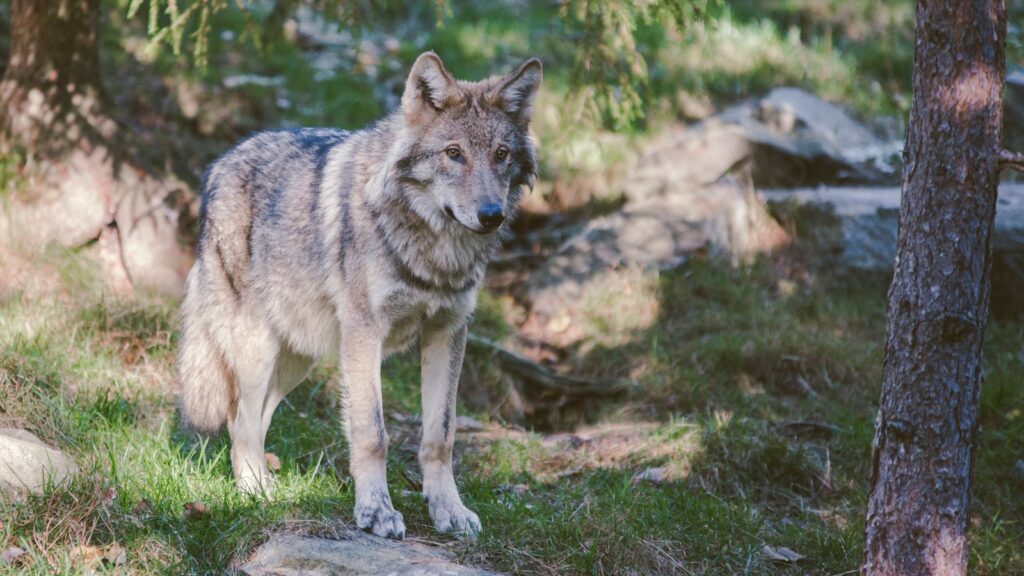
The term “keystone species” was first coined by ecologist Robert Paine in 1969, using the architectural analogy of a keystone—the central stone that holds an arch together, without which the entire structure would collapse. In ecological terms, a keystone species has disproportionately large effects on its environment relative to its biomass or abundance. Unlike some keystone species that may be relatively small organisms like beavers or sea otters, wolves represent apex predators whose influence flows downward through the food web. Their removal from an ecosystem often triggers what ecologists call “trophic cascades”—dramatic changes that affect multiple trophic levels, from herbivores to vegetation. The keystone concept revolutionized how we understand ecosystem dynamics by highlighting that not all species have equal ecological weight, with some like wolves functioning as crucial ecological engineers.
Historical Distribution and Decline
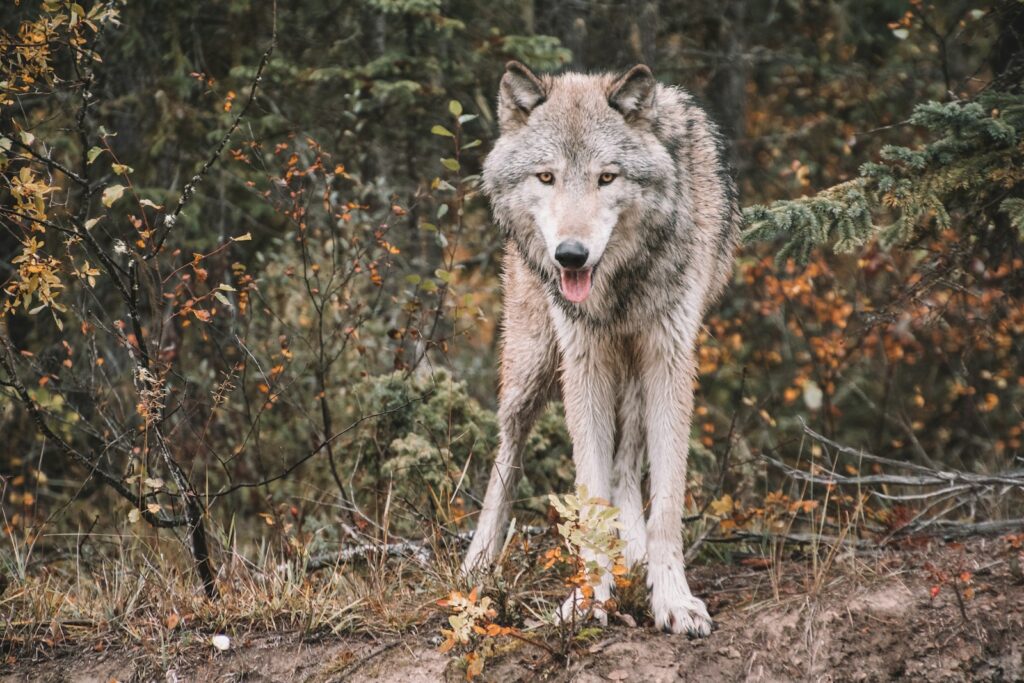
Wolves once roamed across most of the Northern Hemisphere, including virtually all of North America, Europe, and Asia, adapting to everything from arctic tundra to desert edges. This vast range began dramatically shrinking with the spread of human agricultural societies, which viewed wolves as threats to livestock and game animals. In North America, European colonization brought systematic wolf extermination campaigns that used bounties, poisoning, and trapping to eliminate wolves from approximately 95% of their historical range in the continental United States by the mid-20th century. By 1960, wolves had been virtually eradicated from all U.S. states except Alaska and northern Minnesota, with similar patterns of persecution and extirpation occurring across Europe. This widespread removal of wolves from ecosystems provided an unintended ecological experiment that would eventually reveal their keystone role as landscapes transformed in their absence.
The Yellowstone Experiment
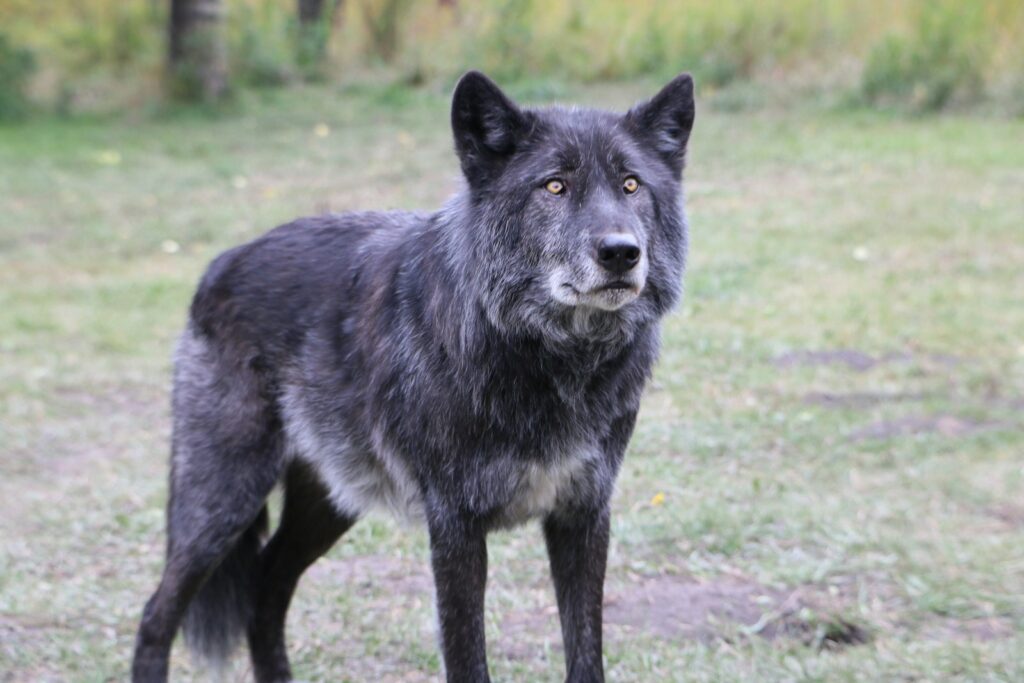
Perhaps no example better illustrates wolves’ keystone role than the ecological transformation of Yellowstone National Park following their reintroduction. After a 70-year absence, wolves were brought back to Yellowstone in 1995-1996, when 31 gray wolves from Canada were released in the park. Scientists eagerly monitored the ecological changes that followed, documenting what would become one of the most famous examples of trophic cascades in scientific literature. The reintroduction created a living laboratory that demonstrated how a relatively small number of predators could reshape an entire ecosystem. Within just a few years, researchers began documenting profound changes not just in prey populations, but in vegetation patterns, beaver activity, songbird diversity, and even river morphology. The Yellowstone case study has become emblematic of how apex predators influence ecosystems through both direct predation and behavior modification of prey species.
Regulating Prey Populations
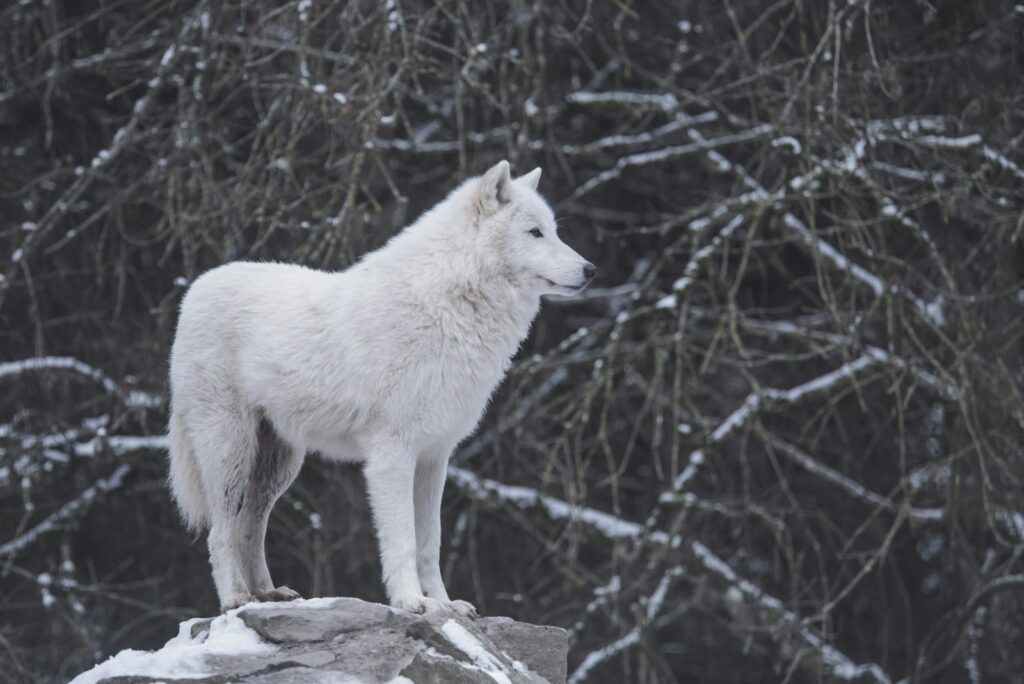
One of the most direct ways wolves function as keystone predators is through their regulation of herbivore populations, particularly ungulates like elk, deer, and moose. Unlike human hunters who typically target the healthiest animals, wolves often take the vulnerable—the young, old, sick, or weak—which helps maintain the genetic health of prey populations. In many North American ecosystems, wolf predation prevents ungulate overpopulation that would otherwise lead to habitat degradation through overbrowsing. Research has demonstrated that wolf packs can influence not just prey numbers but population dynamics, as seen in Isle Royale National Park, where wolves and moose have been studied for over 60 years in the world’s longest predator-prey study. When wolves decline, as they periodically have on Isle Royale due to genetic isolation, moose numbers typically surge, leading to increased browsing pressure on vegetation until food scarcity, disease, or starvation eventually reduce their numbers.
Behavior Modification of Prey Species
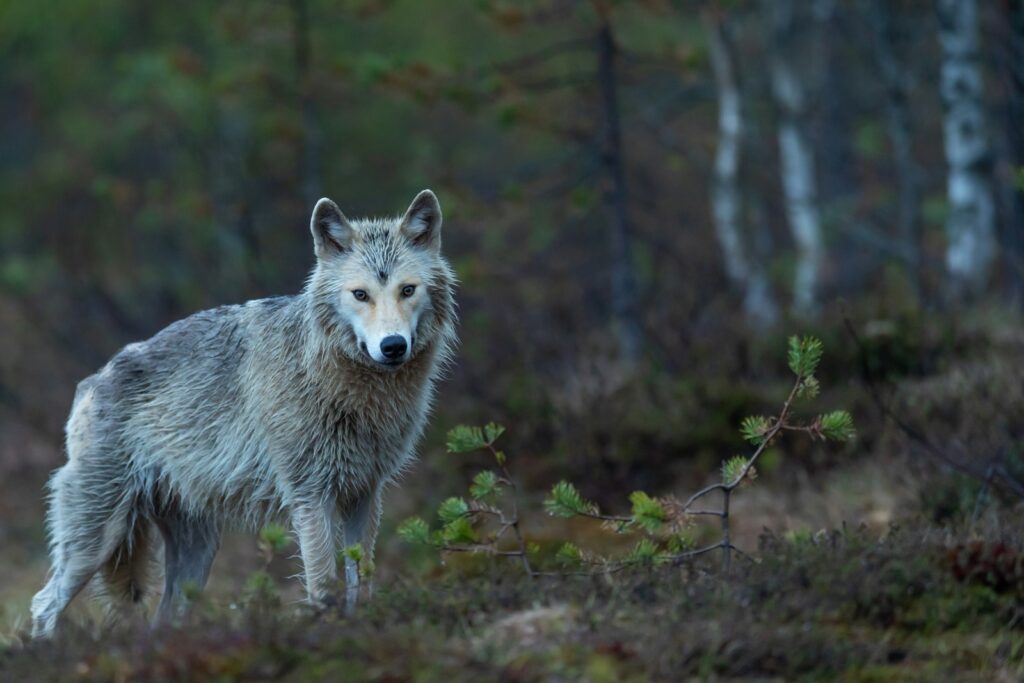
Beyond direct predation, wolves fundamentally alter their ecosystems through what ecologists call “behaviorally mediated effects”—the ways prey animals change their behavior when predators are present. This “ecology of fear” means that herbivores like elk and deer avoid certain areas where they feel vulnerable to wolf attacks, particularly riparian zones along rivers and streams. In Yellowstone, researchers documented how elk began spending less time in valleys and riverbanks after wolf reintroduction, instead favoring terrain that offered better visibility and escape routes. GPS collar data has shown that elk modify their habitat use, group size, vigilance levels, and movement patterns in response to wolf presence. These behavioral changes prevent herbivores from overgrazing sensitive habitats, allowing vegetation in these areas to recover and creating a mosaic of different habitat types across the landscape that benefits numerous other species.
Vegetation Recovery and Transformation
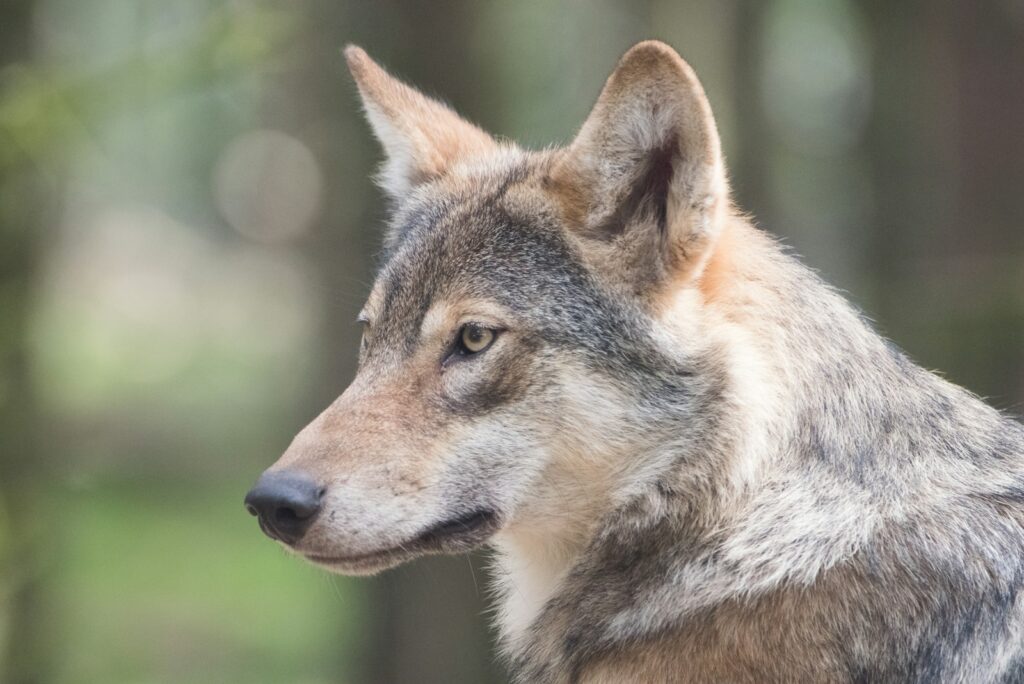
One of the most visible signs of wolves’ keystone role is the dramatic vegetation changes that occur following their return to ecosystems. In Yellowstone, aspen, willow, and cottonwood trees began regenerating in riparian areas where browsing pressure from elk had previously prevented young trees from surviving. Aerial photographs and long-term vegetation monitoring have documented impressive increases in the height and coverage of woody plants in valleys and along streams following wolf reintroduction. Some areas have seen five-fold increases in the height of willows and aspen in just a decade after wolves returned. This vegetation recovery creates more diverse habitat structure, offering nesting sites for birds, food for beavers, and shade that cools stream temperatures for fish and aquatic invertebrates. The resulting increase in plant diversity also enhances the system’s resilience to environmental stresses like drought and climate change.
Enabling Other Wildlife to Flourish
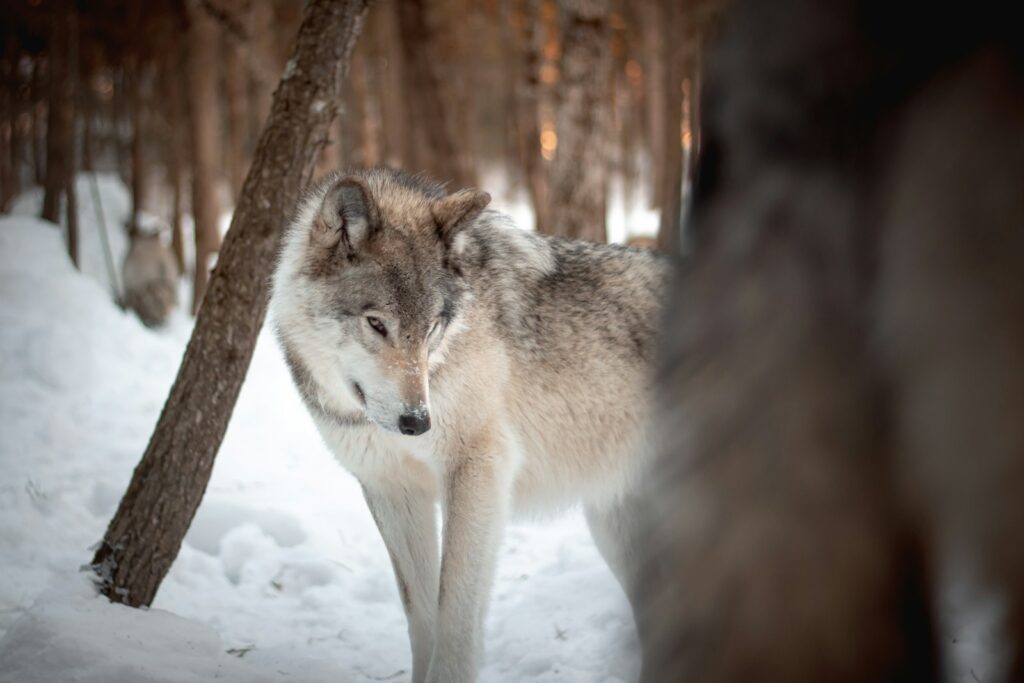
Wolves’ influence extends far beyond their prey, creating a cascade of benefits for numerous other species in what ecologists call facilitation effects. Scavengers like ravens, eagles, foxes, bears, and wolverines benefit from wolf kills, which provide crucial food resources, especially during winter months when other food sources are scarce. Research has documented that a single wolf pack can support dozens of scavenger species through the carrion they leave behind. Beavers have expanded their presence in areas where wolves have reduced elk browsing on riparian vegetation, allowing the beavers’ preferred food sources to flourish. The dams created by these returning beavers then form wetland habitats that support amphibians, waterfowl, and fish populations. Songbird diversity has increased in areas where recovering vegetation provides more nesting habitat, with studies documenting higher numbers of songbird species in areas where wolves have been present longer.
Reshaping River Systems
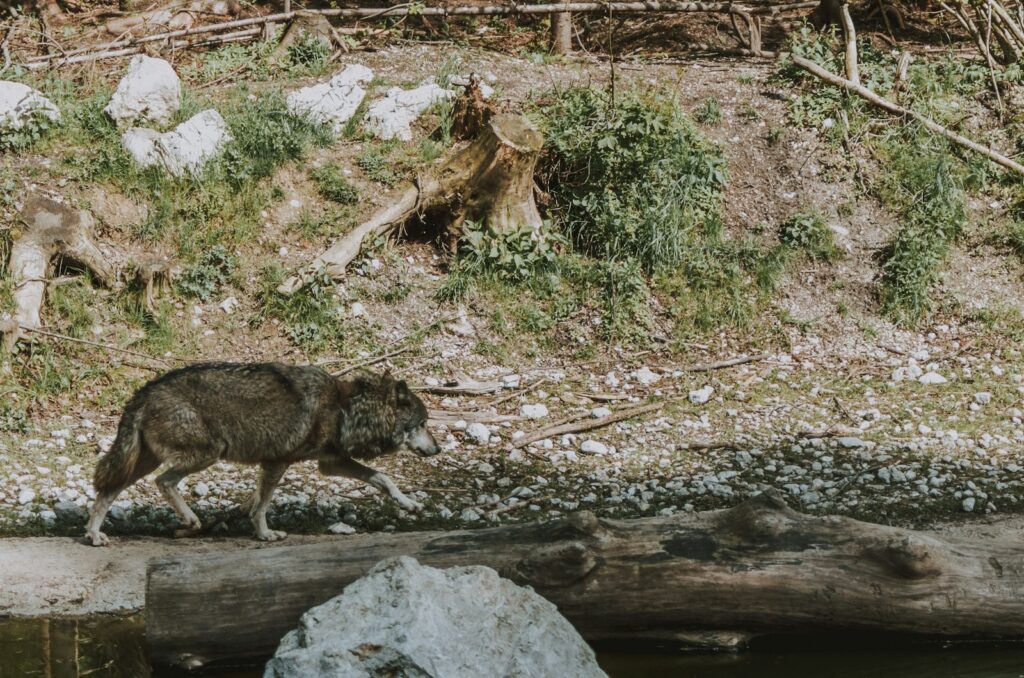
Perhaps most surprisingly, wolves can actually change the physical geography of their habitats through what scientists call “geomorphic effects.” In Yellowstone, researchers have documented how recovering streamside vegetation stabilizes banks and narrows channels, changing how rivers flow. With less browsing pressure from elk, willows and other plants along streams grow taller and develop deeper root systems that prevent erosion during high water events. Beaver dams created as beavers return to these areas slow water flow, create ponds, raise water tables, and reduce downstream flooding. These hydrological changes have been mapped using historical aerial photography, showing streams that once wandered widely beginning to form more defined, stable channels after wolf reintroduction. The resulting improvements in water quality benefit fish populations, aquatic insects, and amphibians, demonstrating how a predator can influence not just biological communities but physical geography.
Competitive Effects on Other Carnivores
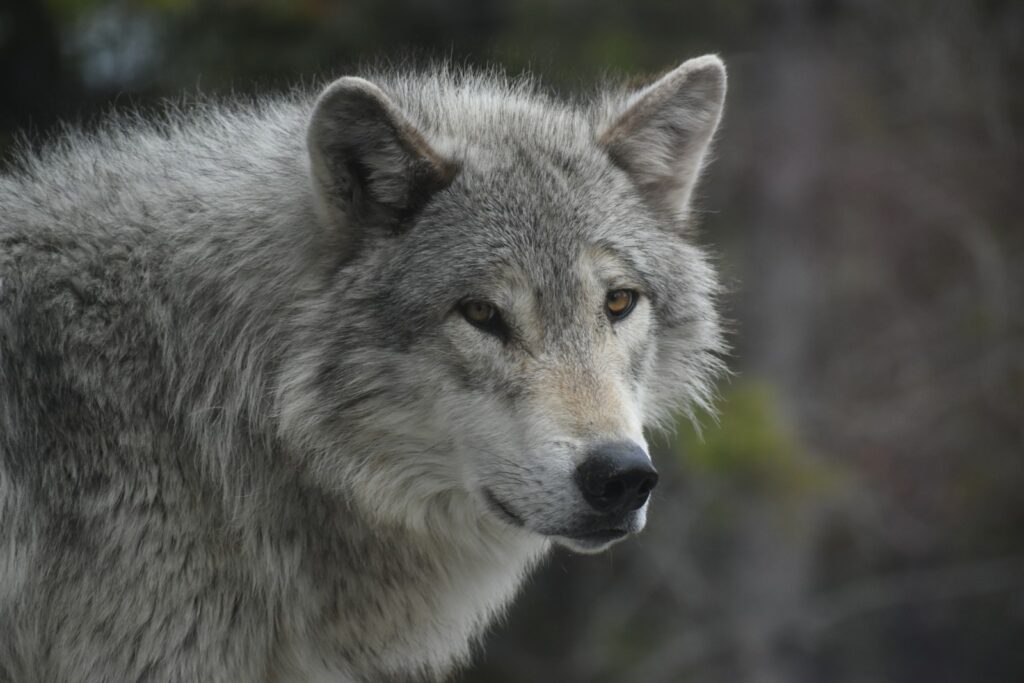
Wolves also function as keystone species through their interactions with other predators, creating what ecologists call “mesopredator release” or suppression effects. When wolves return to an ecosystem, they typically reduce coyote populations through direct competition and sometimes killing. In Yellowstone, coyote density decreased by about 50% in core wolf territories after reintroduction. This reduction in coyotes can benefit smaller predators and prey species that coyotes would otherwise suppress, including foxes, small mammals, and ground-nesting birds. Similarly, wolves influence other large carnivores like bears and mountain lions, sometimes competing with them for prey but also providing scavenging opportunities. These interspecific interactions create complex community dynamics that maintain diversity within predator guilds and prevent any single mesopredator from becoming overly dominant, ultimately contributing to more balanced ecosystems.
Biological Diversity Enhancement
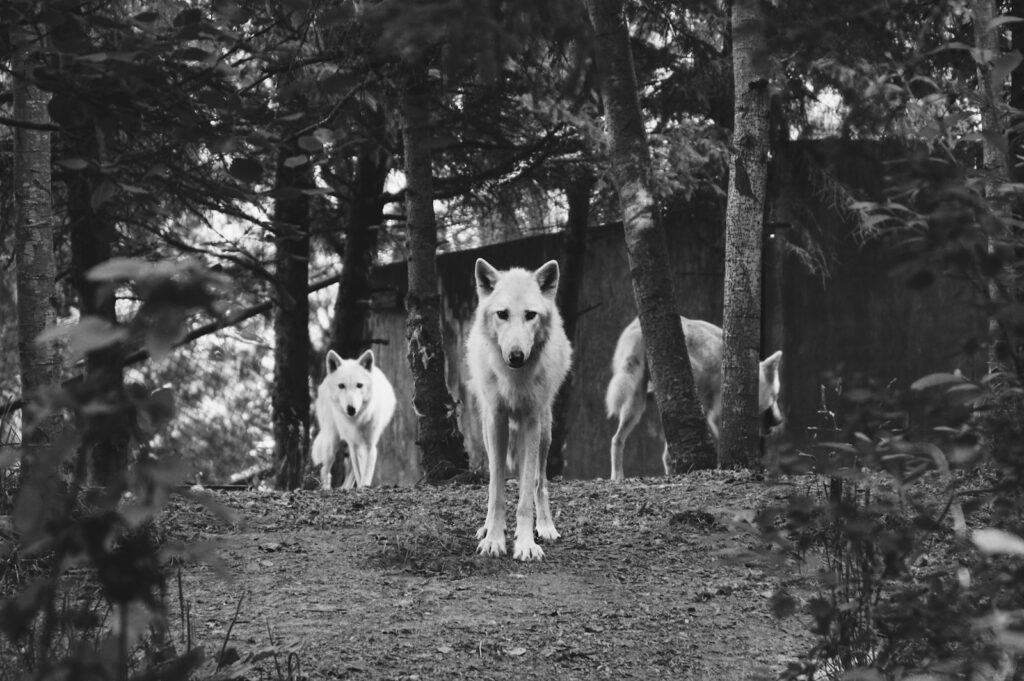
The cascading effects of wolves’ predation and presence culminate in overall increased biodiversity—the variety of life forms within an ecosystem. By preventing any single species from dominating, wolves help maintain habitat heterogeneity, which creates more ecological niches that can support diverse plant and animal communities. Studies comparing areas with and without wolves have documented higher species richness in wolf-occupied territories across multiple taxonomic groups, including plants, insects, birds, and mammals. This biodiversity enhancement increases ecosystem resilience, as diverse systems are better able to withstand and recover from disturbances like disease outbreaks, invasive species, or climate extremes. Long-term monitoring in the Greater Yellowstone Ecosystem has shown that areas recolonized by wolves typically show increased species diversity within 10-15 years compared to wolf-free areas, providing compelling evidence of wolves’ keystone role in maintaining biodiversity.
Ecological Services and Human Benefits
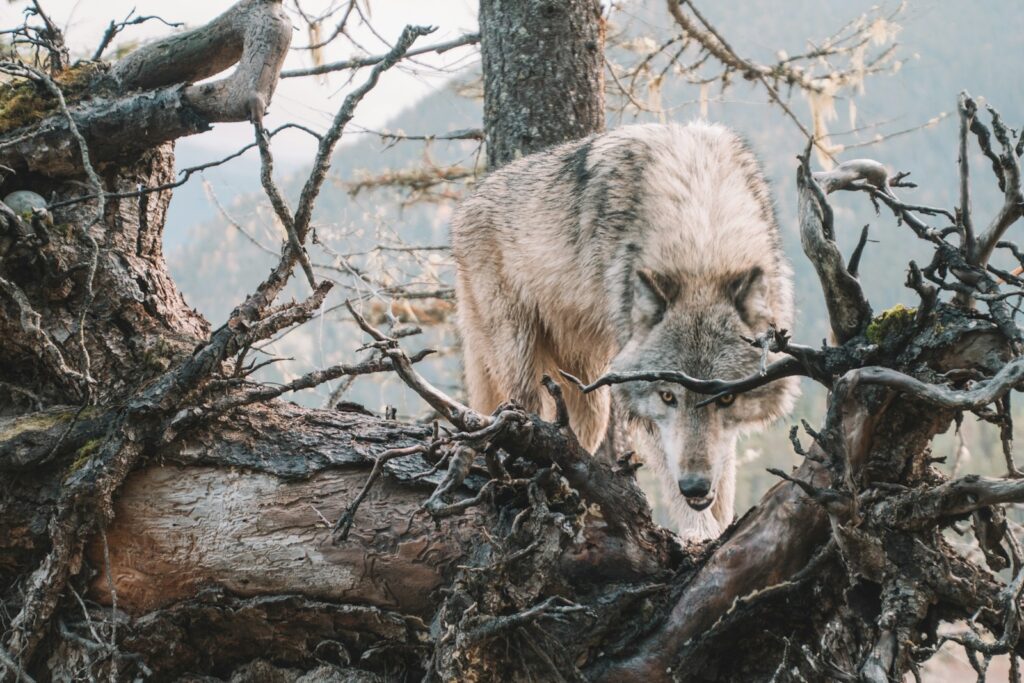
The ecological transformations triggered by wolves ultimately provide tangible benefits to human communities through enhanced ecosystem services. Healthier riparian zones with more vegetation improve water quality by filtering pollutants and reducing erosion, which benefits downstream water users and reduces water treatment costs. More stable stream banks and beaver activity reduce flood risks and help maintain water availability during drought periods. Increased plant and animal diversity supports recreational activities like wildlife watching, fishing, and hunting, which generate significant economic benefits for communities near wolf territories. Studies have estimated that wolf-related tourism brings tens of millions of dollars annually to regions around Yellowstone, as visitors specifically come hoping to glimpse these charismatic predators. Additionally, wolves can help limit the spread of wildlife diseases like chronic wasting disease in deer and elk by removing infected individuals, potentially reducing risks to livestock and human health.
Conservation Challenges and Management
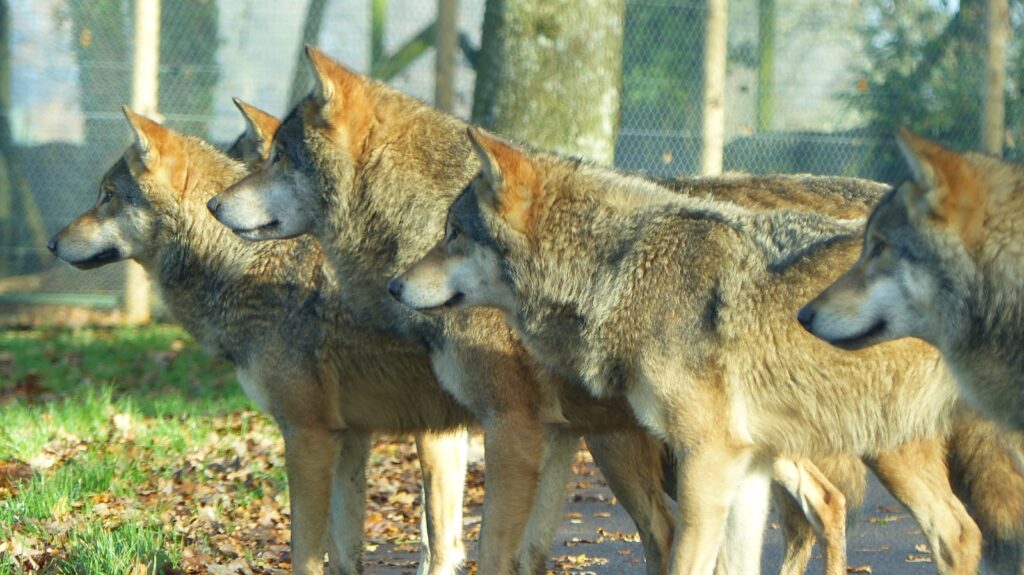
Despite their ecological importance, maintaining wolves as functioning keystone predators presents significant conservation challenges. Human-wildlife conflict remains the primary threat to wolf populations, particularly predation on livestock, which can lead to retaliatory killing or reduced tolerance among rural communities. Conservation strategies increasingly focus on coexistence approaches, including using guard dogs, fladry (rope fences with flagging), range riders, and compensation programs to reduce conflicts. Habitat fragmentation and connectivity issues also threaten wolves’ ability to disperse and maintain genetic diversity, with highways, urban development, and agricultural conversion creating barriers between suitable habitat patches. Public attitudes toward wolves remain polarized, with some viewing them as symbols of wilderness and ecological health while others see them as competitors for game animals or threats to rural livelihoods. Successful wolf conservation ultimately depends on addressing these social dimensions alongside biological considerations to ensure wolves can continue their keystone role.
Future Research Directions
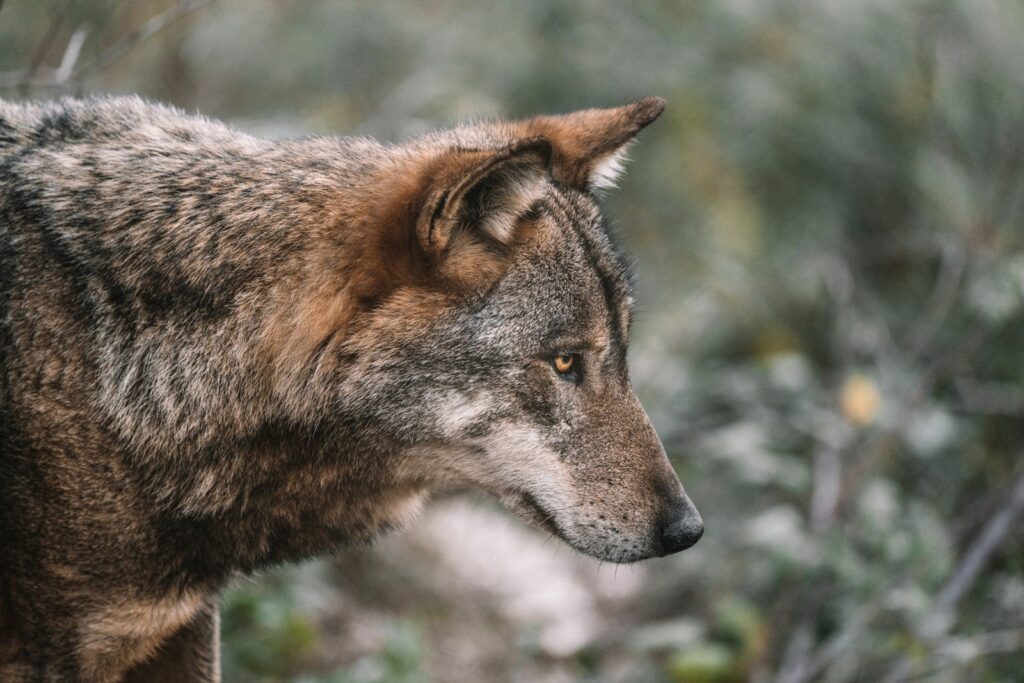
Our understanding of wolves as keystone predators continues to evolve, with several exciting research frontiers emerging. Scientists are increasingly using advanced technologies like GPS collars with accelerometers, environmental DNA sampling, and remote camera networks to gather more detailed data on wolf-ecosystem interactions without disturbing the animals. Climate change adds urgency to understanding how wolves’ keystone effects might help ecosystems adapt to changing conditions, with some research suggesting predator-maintained biodiversity could enhance resilience to climate stressors. Researchers are also exploring how wolf effects vary across different ecosystem types and how their keystone role might differ in human-dominated landscapes compared to wilderness areas. Long-term monitoring of recolonizing wolf populations in places like Colorado, where wolves were recently reintroduced, will provide new insights into how quickly and under what circumstances wolves’ keystone effects emerge in different ecological contexts.
Conclusion
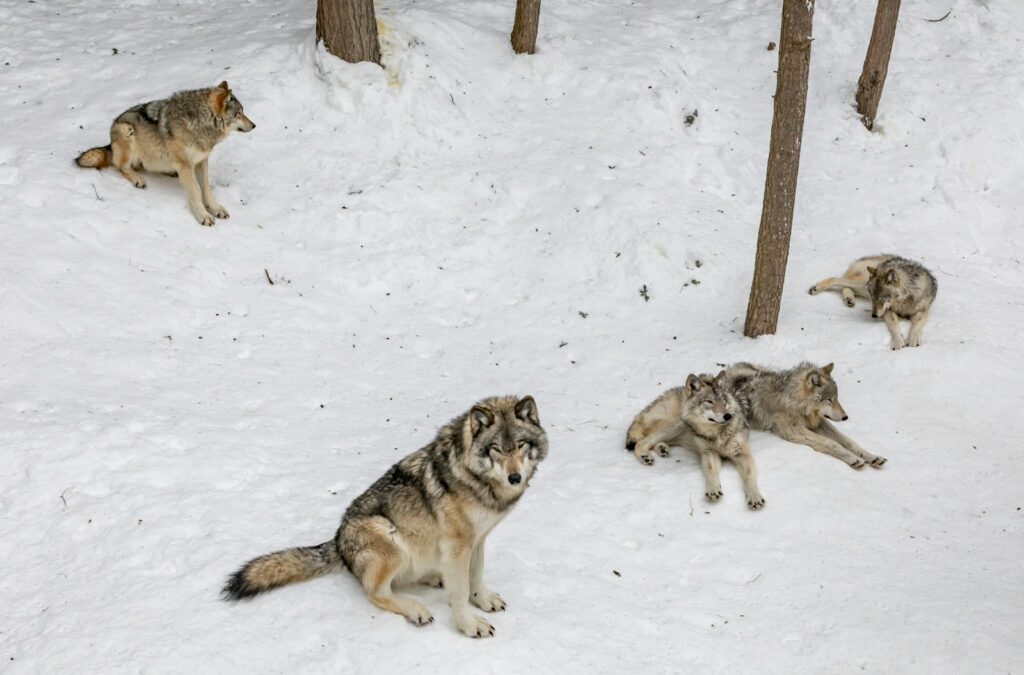
The evidence establishing wolves as exemplary keystone predators has accumulated across decades of ecological research, presenting one of conservation biology’s most compelling narratives. From their direct impacts on prey populations to the ripple effects that transform entire landscapes, wolves demonstrate how a single species can function as an ecological linchpin. The dramatic cascades observed following wolf reintroduction in places like Yellowstone have fundamentally changed how ecologists understand ecosystem dynamics and highlighted the importance of conserving apex predators. As human societies continue to grapple with environmental challenges like biodiversity loss and climate change, the wolf’s story offers a powerful lesson about the interconnectedness of nature and the sometimes counterintuitive ways that ecological health is maintained. By preserving wolves and their keystone role, we ultimately preserve the complexity and resilience of the natural systems upon which all life, including our own, depends.

